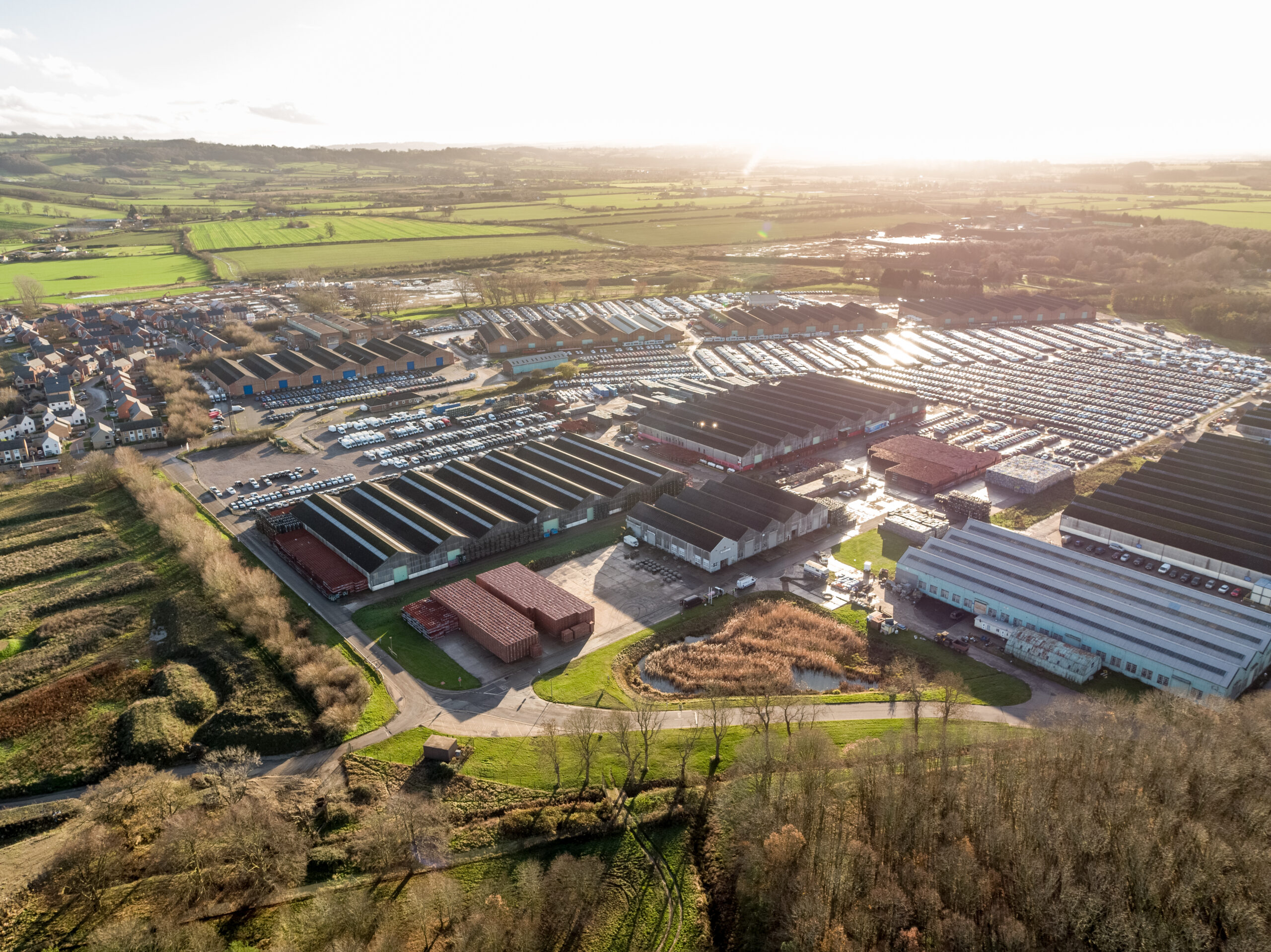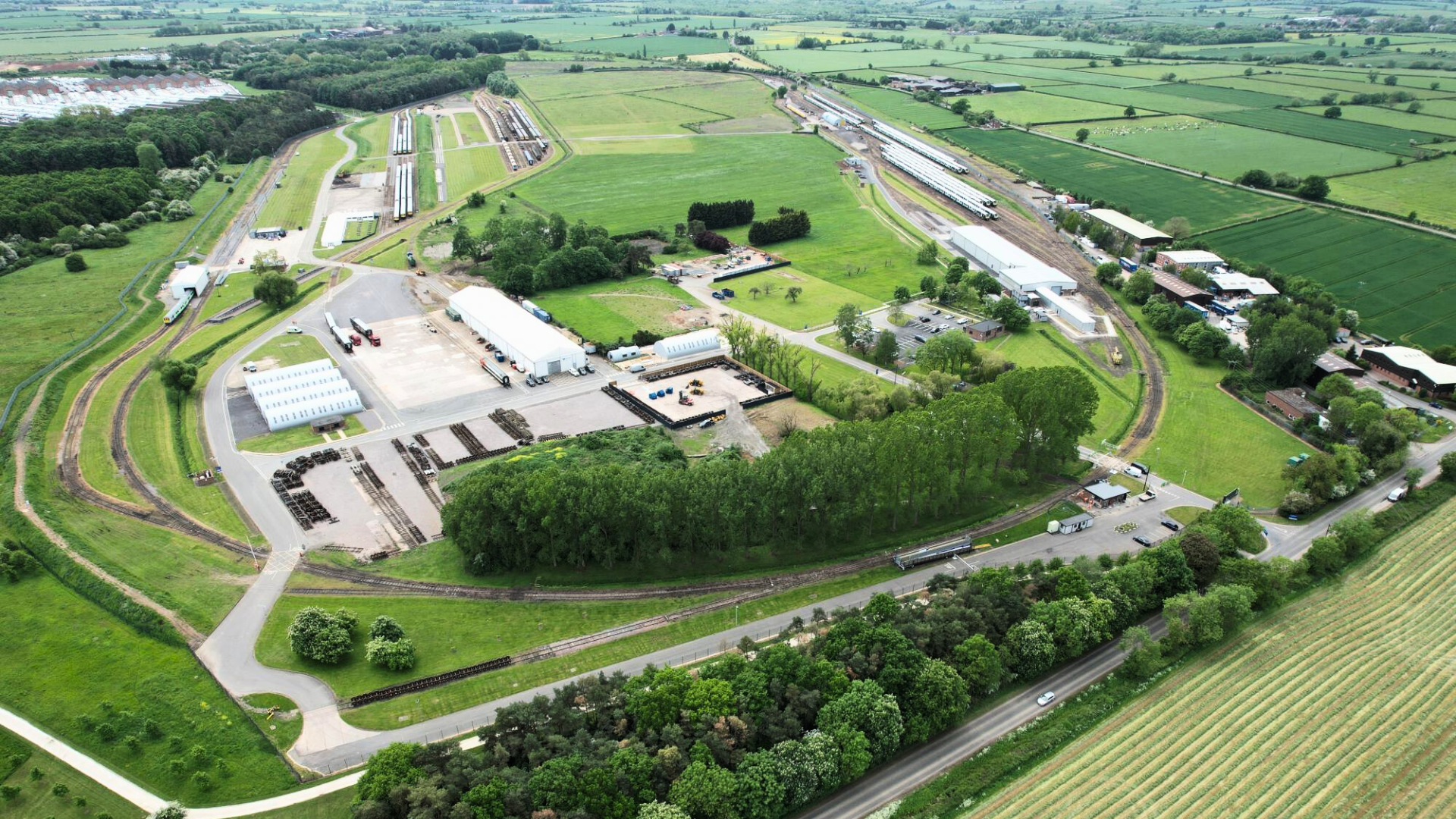St. Modwen Logistics, one of the UK’s leading logistics owners and developers, and property adviser Savills, have called for improvements to the planning system to support the growth of the logistics sector and encourage more development of modern, sustainable warehousing to keep pace with increasing demand.
According to analysis undertaken by St. Modwen Logistics and Savills, historic land constraints have suppressed industrial demand by 29% over the past decade. Over that period national availability has consistently been below the ‘equilibrium rate’ of 8% – the rate at which supply and demand are considered to be in balance – leading many fast-growing firms to halt their expansion plans, creating inefficiencies in supply chains. Savills calculates that annual demand for new logistics space exceeds the delivery of new units by 58%.
Responding to the Government’s call for evidence on the freight and logistics and the planning system, St. Modwen Logistics and Savills have recommended five key policy changes focused on enabling the planning system to better facilitate the freight and logistics sector’s growth:
- Implement a national policy recognising industrial and logistics facilities as critical national infrastructure and introduce guidance which recognises the importance of wider supply chain employment and the indirect gross value added (GVA) as part of the wider planning balance;
- Utilise the Savills / St. Modwen Logistics ‘Suppressed Demand’ Model within national planning practice guidance (NPPG) as the basis for assessing future demand for logistics space;
- Require local authorities to set five-year employment land supply targets, mirroring their approach to residential land supply;
- A more effective approach to strategic planning, favouring the reintroduction of a strategic tier of planning, helping to broaden planning authorities’ scope of considerations beyond housing market areas and travel to work patterns when assessing potential new logistics developments; and
- Implement a Government-led training programme to upskill local government planners, local members and planning inspectors on commercial markets and the key trends and market conditions that influence future logistics demand.
Together, these measures have the potential to enable the planning system to effectively fulfil its vital role in facilitating freight and logistics growth.
The logistics sector is the fastest growing commercial sector in the UK, and supports a growing, diverse and increasingly higher skilled workforce. The number of people employed across the sector has grown by 30% in the last ten years, versus 15% for the economy as a whole, and average pay within the sector is higher in all regions of England when compared to respective average regional earnings.
This is supported by evidence which shows that in the decade between 2011-2021, the share of higher-skill roles increased by almost a fifth (17%), with the biggest increase being in Professional Occupations, where roles have grown by more than a third (36%). These roles are typically associated with engineering and technological professions as the use of automation and robotics increases in the sector. There has also been an increase in the traditional office-based roles, with roles in this category up by 11% as more businesses choose to bring their operations under one roof and utilise the Grade A office space being provided by developers within warehouse buildings.
Overall, the logistics sector now contributes £238 billion of GVA to the economy each year, accounting for 14% of the UK’s total GVA.















